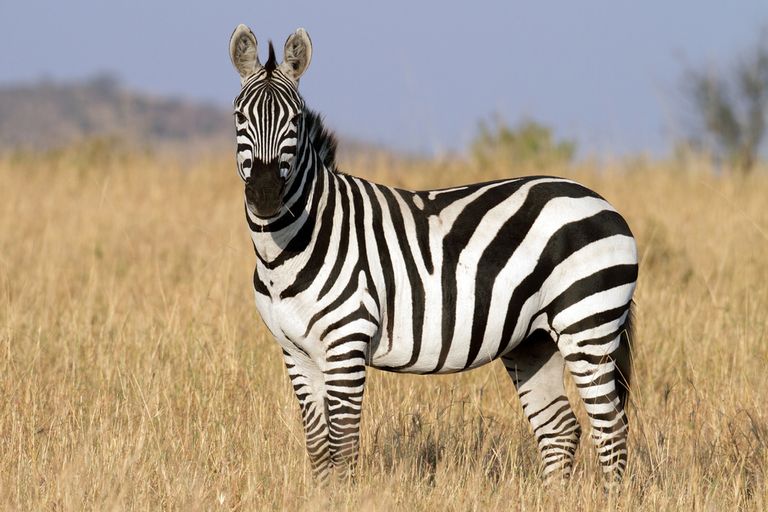This article will teach you about the anatomy of the zebra, a gorgeous Savanah species with black and white stripes.
The zebra is a member of the kingdom Animalia, the phylum Chordata, the subphylum Vertebrata, the class Mammalia, the subclass Eutheria, the order perissodactyl family Equidae, and the genus Equus. Zebras are four-legged, hoofed mammals with a sleek, compact body, long legs, a flexible tail, and stripes. The skeleton of a zebra is designed for quick sprinting, with long lower-limb bones and a single very long toe wrapped in a hoof. Muscles provide a lot of propulsive power to the back legs.
Zebras have a rather complicated brain, with an enlarged cerebellum that allows them to coordinate running with little effort. Air enters the lungs through the nose rather than the mouth. Oxygen reaches all sprinting muscles thanks to extra-long, thick leg arteries. Zebras have the ability to digest a wide variety of difficult grasses and plant debris. They have a straightforward stomach.
By sniffing a female zebra's urine, a male zebra can know when she's ready to mate. Male zebras who are in charge of female harems are more fertile than lone male zebras. Zebras are found in Sub-Saharan Africa, where they have adapted to a variety of arid and semiarid settings. Zebras are well-equipped to flee quickly.

source
I sincerely appreciate the time you have taken the to read this article.
